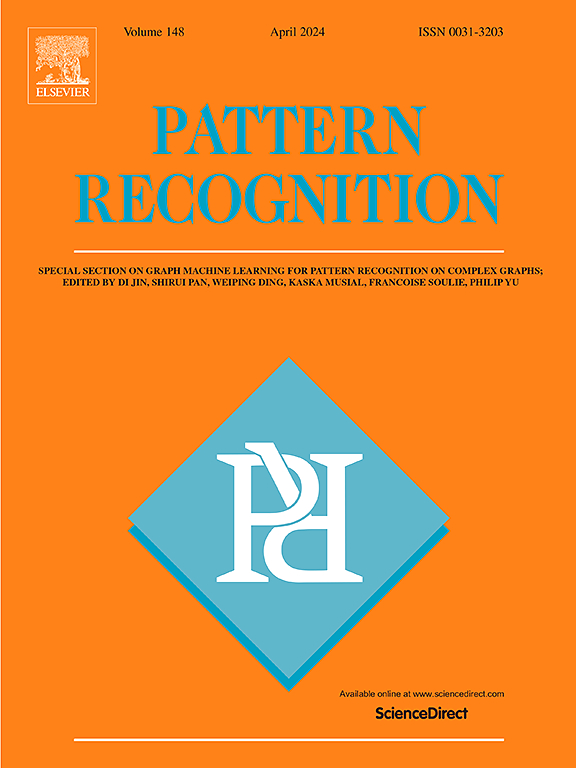Video summarization with temporal-channel visual transformer
IF 7.5
1区 计算机科学
Q1 COMPUTER SCIENCE, ARTIFICIAL INTELLIGENCE
引用次数: 0
Abstract
Video summarization task has gained widespread interest, benefiting from its valuable capabilities for efficient video browsing. Existing approaches generally focus on inter-frame temporal correlations, which may not be sufficient to identify crucial content because of the limited useful details that can be gleaned. To resolve these issues, we propose a novel transformer-based approach for video summarization, called Temporal-Channel Visual Transformer (TCVT). The proposed TCVT consists of three components, including a dual-stream embedding module, an inter-frame encoder, and an intra-segment encoder. The dual-stream embedding module creates the fusion embedding sequence by extracting visual features and short-range optical features, preserving appearance and motion details. The temporal-channel inter-frame correlations are learned by the inter-frame encoder with multiple temporal and channel attention modules. Meanwhile, the intra-segment representations are captured by the intra-segment encoder for the local temporal context modeling. Finally, we fuse the frame-level and segment-level representations for the frame-wise importance score prediction. Our network outperforms state-of-the-art methods on two benchmark datasets, with improvements from 55.3% to 56.9% on the SumMe dataset and from 69.3% to 70.4% on the TVSum dataset.
求助全文
约1分钟内获得全文
求助全文
来源期刊

Pattern Recognition
工程技术-工程:电子与电气
CiteScore
14.40
自引率
16.20%
发文量
683
审稿时长
5.6 months
期刊介绍:
The field of Pattern Recognition is both mature and rapidly evolving, playing a crucial role in various related fields such as computer vision, image processing, text analysis, and neural networks. It closely intersects with machine learning and is being applied in emerging areas like biometrics, bioinformatics, multimedia data analysis, and data science. The journal Pattern Recognition, established half a century ago during the early days of computer science, has since grown significantly in scope and influence.
 求助内容:
求助内容: 应助结果提醒方式:
应助结果提醒方式:


